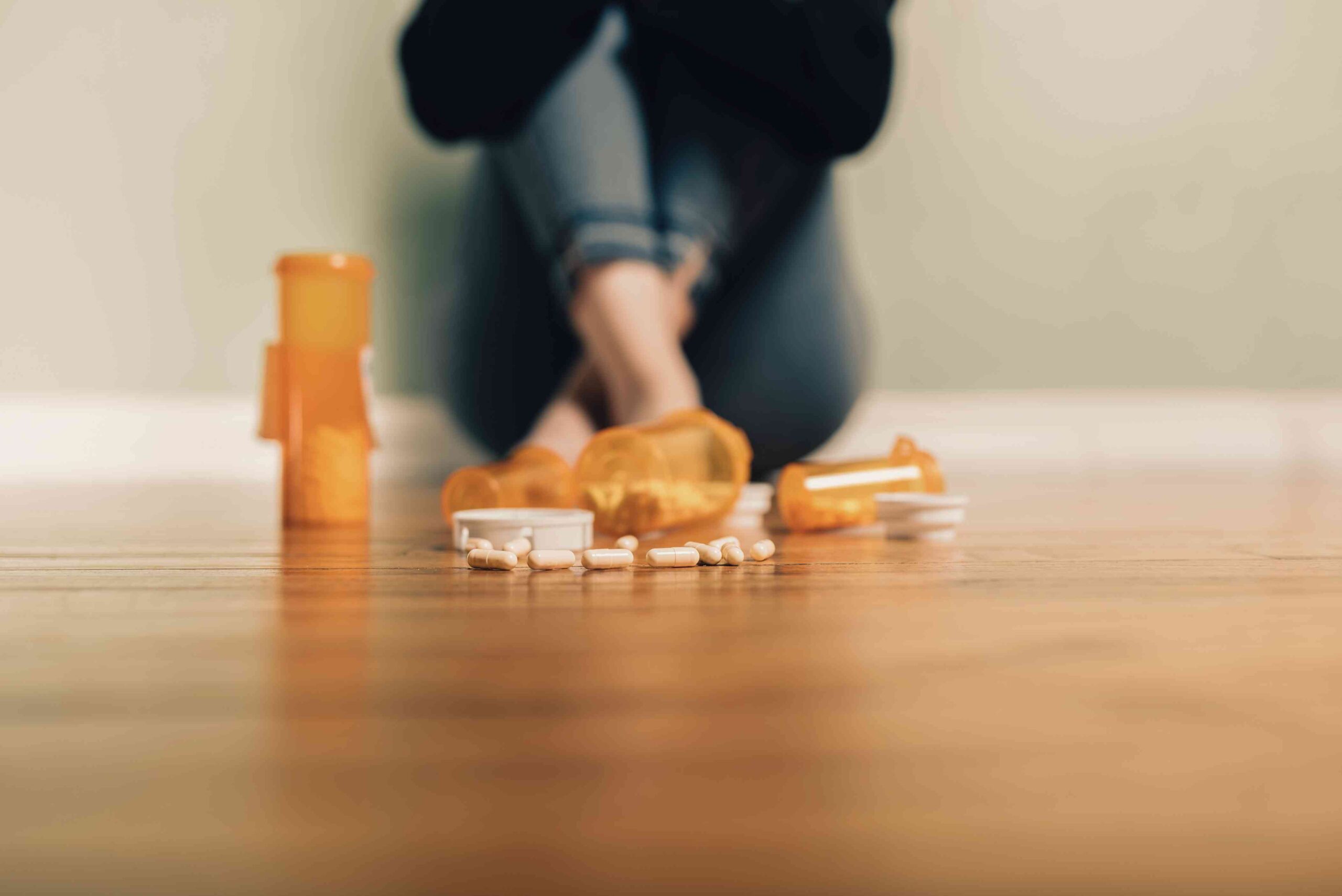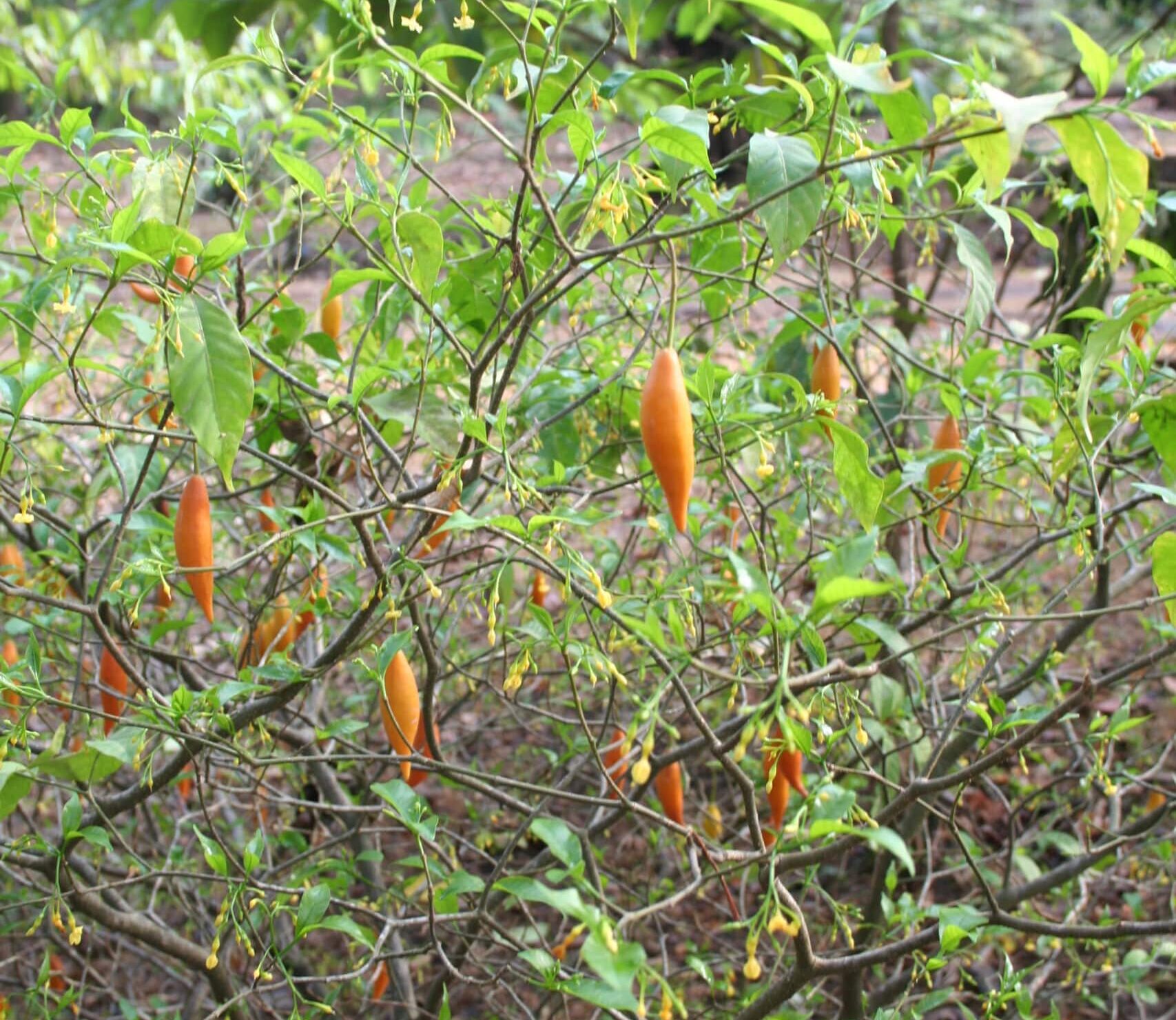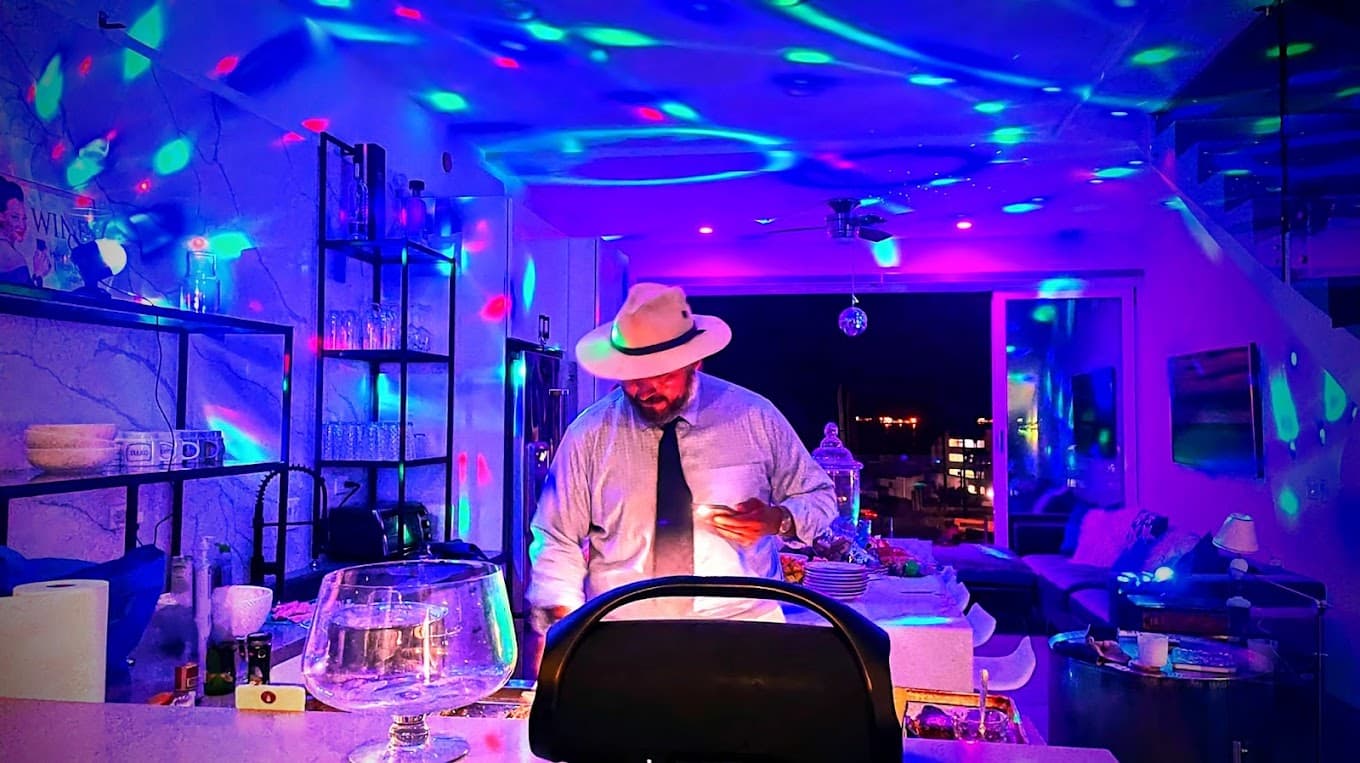Addiction depression refers to the interwoven relationship between substance abuse and depressive disorders. Often, individuals grappling with depression may turn to drugs or alcohol as a form of self-medication, seeking temporary relief from their symptoms. Conversely, prolonged substance abuse can lead to depressive symptoms due to chemical imbalances, lifestyle changes, or the psychosocial consequences of addiction. The coexistence of both conditions often complicates treatment and recovery, as one can exacerbate the other. Recognizing and treating both addiction and depression simultaneously is paramount for a holistic and effective recovery, emphasizing the profound interconnectedness of mental health and substance use.
Related Posts

Alternative Addiction Treatments & Therapies
For many individuals, overcoming addiction requires more than conventional treatments. It demands a personalized approach that addresses the mind, body, and spirit. In this blog, we will examine some of the most effective alternative addiction
Read More
What Is Ibogaine, and What Is It Used For?
Ibogaine is a natural psychoactive substance found in the African shrub Tabernanth Iboga. It has emerged as a promising alternative for the treatment of various addictions. In some treatment facilities, doctors use this compound to
Read More
Ibogaine’s Legal Status by Country (2025)
Ibogaine is an alkaloid psychoactive substance harvested from the root bark of the Tabernanthe iboga bush that grows in Africa. Due to its therapeutic efficacy in addressing substance use disorders, including dependence on opioids, cocaine,
Read MoreBegin Your Journey to Recovery
Start your journey towards recovery with our proven ibogaine therapy. Our dedicated team is here to support you every step of the way.
Schedule a Free Consultation